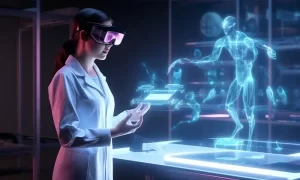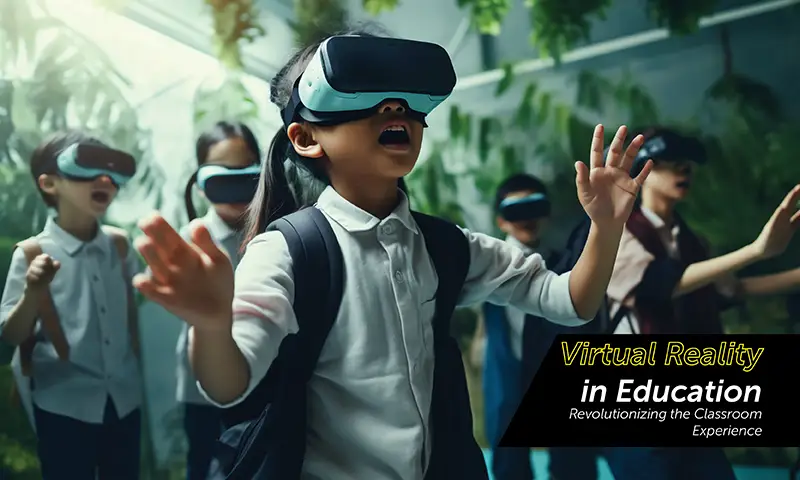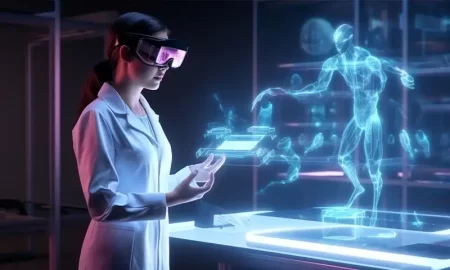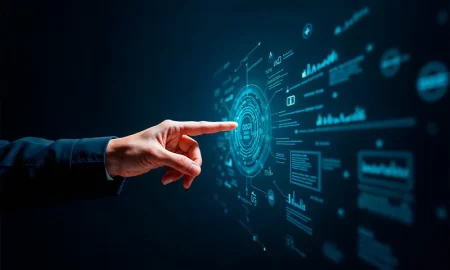Virtual Reality in Education: Revolutionizing the Classroom Experience
Virtual Reality (VR) is rapidly transforming various industries, and education is no exception. By creating immersive, interactive learning environments, VR offers innovative opportunities to enhance educational experiences, making learning more engaging and effective. This article explores the impact of VR on education, its benefits, challenges, and future potential.
The Impact of VR on Education
VR technology has the potential to revolutionize the classroom experience by providing students with immersive simulations and interactive lessons that are not possible in traditional educational settings. Here are some key ways VR is impacting education:
- Enhanced Engagement and Motivation: VR captures students’ attention and keeps them engaged. The immersive nature of VR makes learning more interesting, motivating students to participate actively in their lessons.
- Interactive Learning: VR allows for interactive learning experiences where students can manipulate objects, conduct experiments, and explore virtual environments. This hands-on approach promotes better understanding and retention of information.
- Experiential Learning: With VR, students can experience historical events, explore different cultures, and visit inaccessible places like outer space or the deep sea. These experiences make learning more tangible and memorable.
- Personalized Learning: VR can be tailored to individual learning styles and paces, offering customized educational experiences. This personalization helps address the diverse needs of students, ensuring that everyone can learn effectively.
Benefits of VR in Education
- Active Learning: VR promotes active learning by involving students directly in the learning process. This engagement leads to higher levels of cognitive activity and improved learning outcomes.
- Improved Retention: Studies have shown that immersive experiences can significantly enhance memory retention. VR’s ability to create realistic and memorable experiences helps students retain information better.
- Safe Learning Environments: VR provides a safe space for students to practice and make mistakes without real-world consequences. For example, medical students can perform virtual surgeries, and chemistry students can conduct virtual experiments, reducing risks associated with real-life practice.
- Accessibility: VR can make education more accessible to students with disabilities. Customizable VR experiences can accommodate various physical and cognitive needs, ensuring that all students can benefit from immersive learning.
Challenges of Implementing VR in Education
While the benefits of VR in education are significant, there are several challenges to its widespread adoption:
- Cost: High-quality VR equipment and software can be expensive. Schools with limited budgets may find it challenging to invest in the necessary technology and infrastructure.
- Technical Issues: Implementing VR requires robust technical support and infrastructure. Schools need to ensure they have the necessary resources to maintain and troubleshoot VR systems.
- Teacher Training: Educators need training to effectively integrate VR into their teaching methods. This requires time and resources for professional development.
- Content Availability: There is a need for high-quality educational content specifically designed for VR. Developing such content can be time-consuming and costly.
The Future of VR in Education
The future of VR in education looks promising, with advancements in technology making it more accessible and affordable. As VR continues to evolve, we can expect:
- Increased Adoption: More schools and educational institutions will adopt VR as costs decrease and the technology becomes more user-friendly.
- Innovative Learning Models: VR will enable new learning models that combine traditional and virtual methods, providing a more holistic and flexible approach to education.
- Collaboration and Connectivity: VR will enhance collaboration between students and teachers across different locations, creating global classrooms and fostering cross-cultural understanding.
- Continued Research and Development: Ongoing research will further validate the effectiveness of VR in education, leading to more evidence-based practices and innovations.
Conclusion
Virtual Reality is set to revolutionize the classroom experience by making learning more immersive, interactive, and personalized. Despite challenges such as cost and technical issues, the potential benefits of VR in education are immense. As technology advances and becomes more accessible, VR will play a crucial role in shaping the future of education, preparing students for a rapidly changing world.












